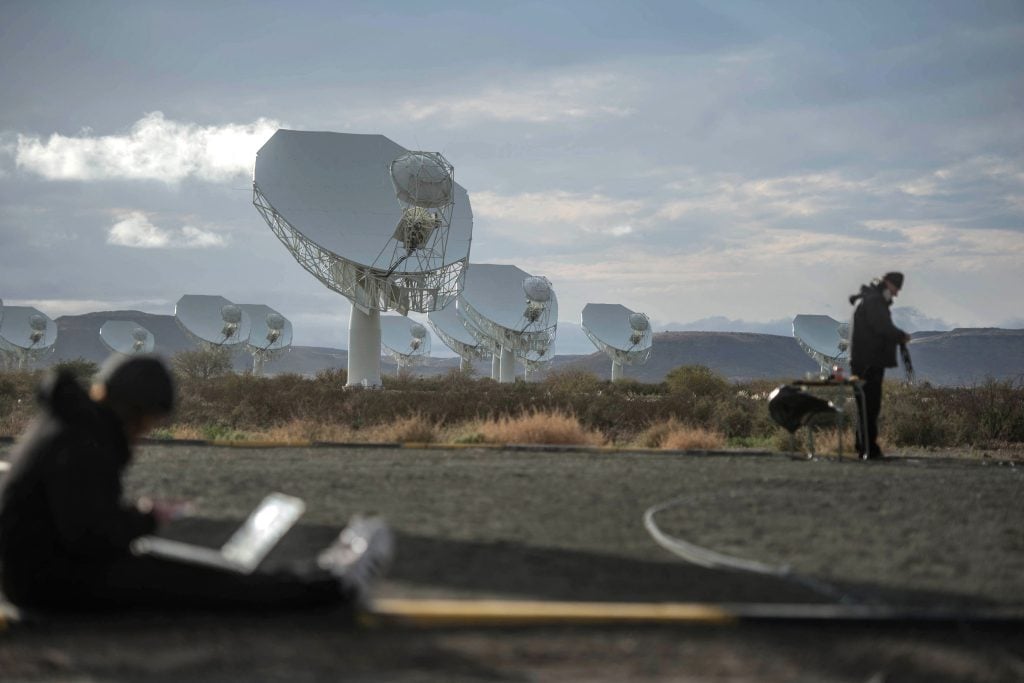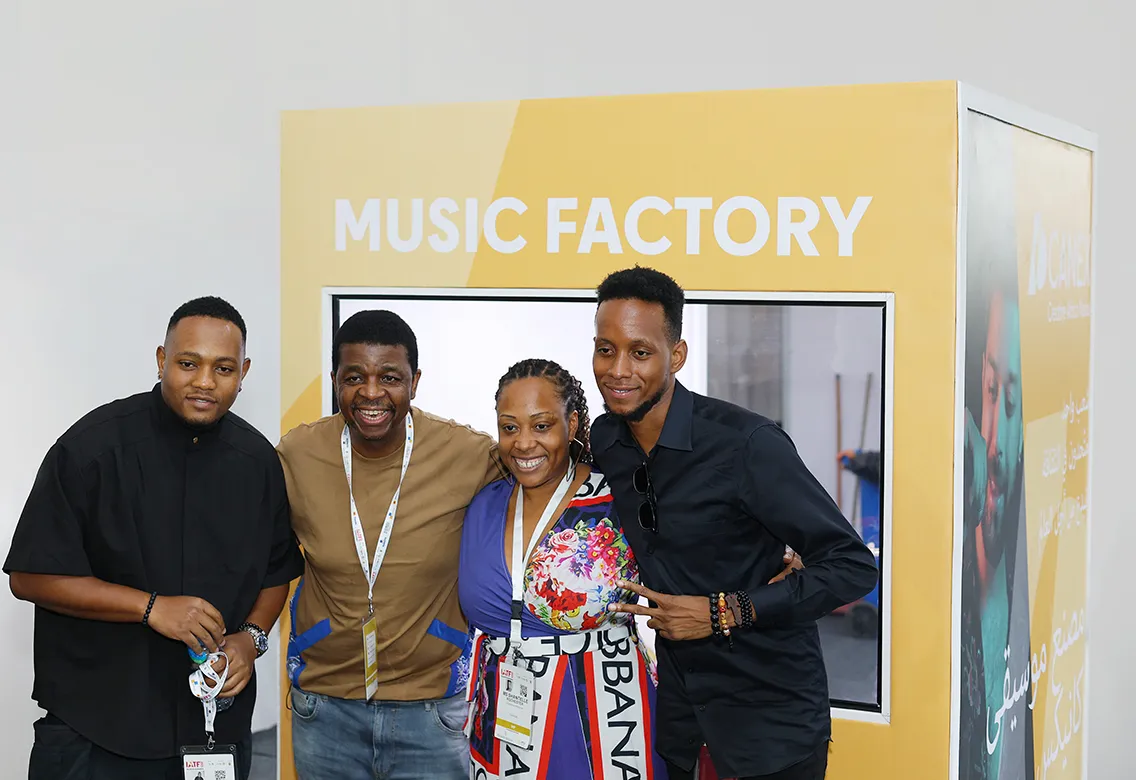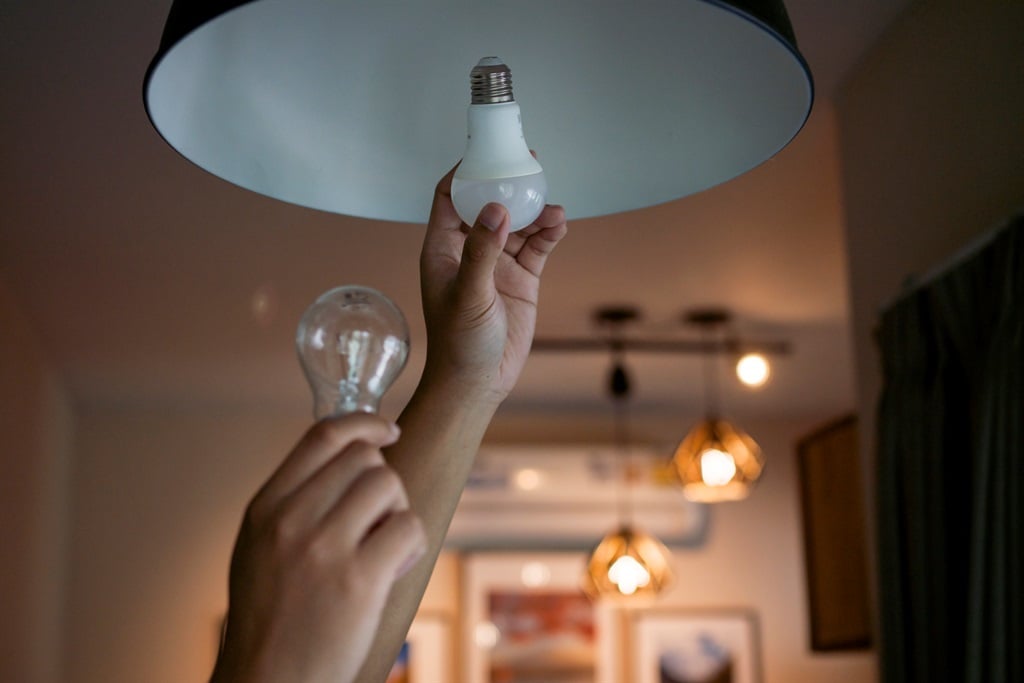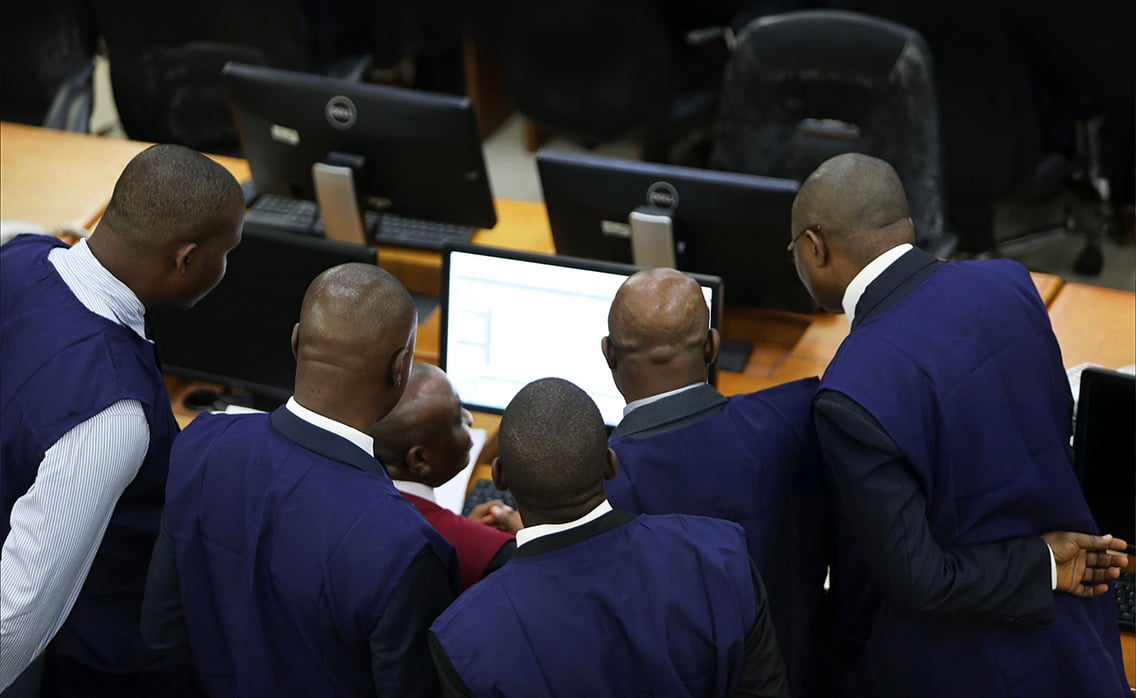
At Dakhla, 1,300 kilometres south of Casablanca, hundreds of construction workers are racing to turn a relatively remote stretch of coastline into a major conduit for international trade.
Morocco is investing $1.6bn into the Dakhla Atlantic Port as it seeks to modernise its infrastructure ahead of the 2030 World Cup. In an interview with African Business, Nisrine Iouzzi, director of the port, says the maritime hub will prove to be a “cornerstone” of efforts to develop the regional economy.
“In our southern provinces, we have very good and big opportunities to make trade with Africa,” says Iouzzi. She adds that Morocco has developed a 2030 vision for ports in the country, noting that the Dakhla project will be key to the “development model” of the local region as the government seeks to spread growth opportunities around the country.
Morocco has already had considerable success in the ports sector. Tanger Med near Tangier, which handles much of the country’s exports to Europe, is the largest commercial port on the African continent. Other major ports are located in Casablanca and Agadir. But Iouzzi says the new development at Dakhla provides “a way for us to balance the logistic corridors and to integrate more with African markets”. She adds that the port could also handle much of the country’s trade with partners in North and South America.
And Iouzzi says the project is also intended to benefit landlocked neighbouring countries in the Sahel region, which include Mali, Burkina Faso and Niger. It will mean “we can import and export goods from Sahel countries to all over the world, to give to African countries also a way to go to global markets and to attract more activities.”
The deepwater port is being built on an island connected to the mainland via a 1.3km bridge. The layout will allow Dakhla to accommodate the world’s largest container vessels, as well as a ship repair facility and a facility designed for fishing boats.
Iouzzi says that around 1,800 people are directly employed on the construction phase of the port project, along with many more in the supply chain. She hopes that once the facility is complete, a further 20,000 jobs will be created in industries that spring up around the port development.
Green hydrogen gateway
The Moroccan government’s vision is that the port development will facilitate the growth of various industries. A key focus is to develop green hydrogen and ammonia infrastructure close to the port, enabling these green fuels to be produced in Morocco and then exported to international markets.
Morocco is widely viewed as one of the most promising locations in the world for green hydrogen developments. This reflects excellent conditions for generating both solar and wind power, the availability of large areas of land, and relatively proximity to Europe, where many industrial companies are pinning their hopes on green fuels to allow them to decarbonise.
Several major green hydrogen and ammonia projects are on the drawing board for the surrounding area. The government selected five projects earlier this year, comprising investors from a wide range of countries. These projects have a total planned value of $32bn and will receive land allocations to develop solar and wind resources that can power electrolysers.
One of the winners is the ORNX consortium, led by US company Ortus, Spain’s Acciona and German Nordex, which intends to produce green ammonia, a liquid form of hydrogen that is much easier to transport than hydrogen gas. Another consortium is made up of Abu Dhabi state-owned company Taqa and Spainish firm Cepsa.
Moroccan company Nareva was another successful bidder, along with a Chinese consortium that includes the companies UEG and China Three Gorges. The Saudi Arabia company ACWA Power was the final successful bidder. It intends to use green fuels for ‘green steel’ production – this would involve using green hydrogen instead of coking coal in the direct reduction process, then using electric arc furnaces powered by renewable energy to complete the steelmaking process.
Whether such an ambitious scheme of industrial development reaches ever reaches fruition remains to be seen. Several other green hydrogen projects around the world have already been cancelled or scaled back, amid uncertainty over demand projections.
But if the region around Dakhla is to turn into a major industrial hub, improved port infrastructure will be a necessity for allowing these ‘green’ products to be exported around the world.

Aiming for 2030
As for the port itself, the first phase of construction, currently underway, involves the build-out of the breakwaters and other basic port infrastructure and is being publicly funded by the Moroccan government. In the planned second phase of the project, the government plans to issue tenders to international companies to construct and operate terminals, including facilities like quayside cranes, at the port.
Iouzzi says the government has already received expressions of interest from well-known international port operators, ahead of a process to award tenders that she expects to begin in 2027.
If all goes well, trade should be flowing in and out of Dakhla by 2030, when Morocco will co-host the World Cup with Spain and Portugal.
A possible complication is that Dakhla is located in territory that has been under Moroccan control since the 1970s, but which dozens of countries – including major African powers such as Nigeria, Kenya and South Africa – recognise as the independent country of Western Sahara.
Asked whether she is concerned that the dispute over the status of this territory could affect investment in the port, Iouzzi is adamant: “Absolutely not,” she says. “We have already international companies in the region, and we’re seeking to have more and more.”
“For us, Dakhla Atlantic Port is a gateway for Africa,” says Iouzzi.






Recent Comments